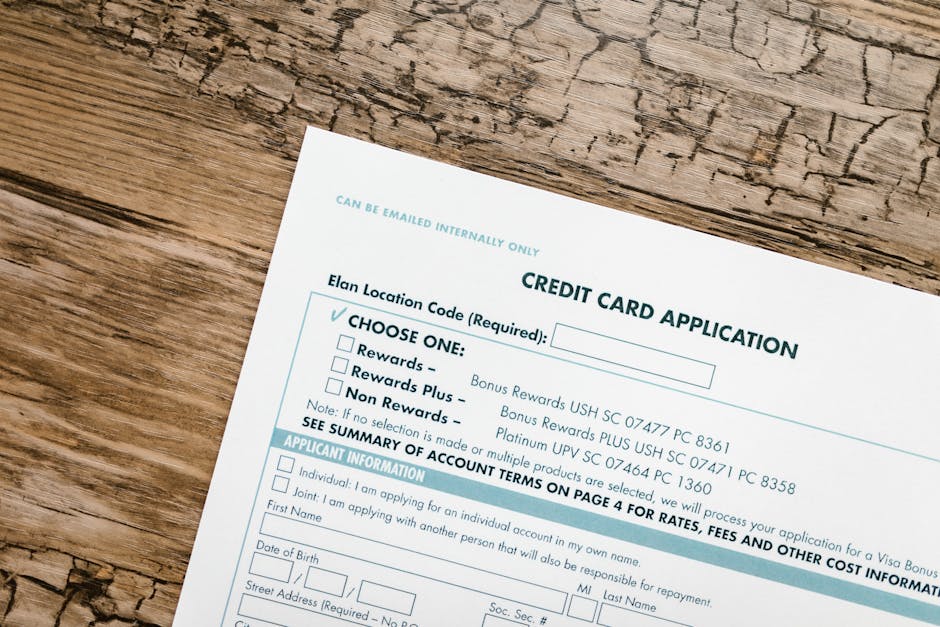APR Explained: 8 Smart Insights into Interest Rates and Borrowing Costs in 2025
Navigating the world of finance can feel overwhelming, especially when terms like APR pop up everywhere from credit card offers to loan agreements. If you’ve ever wondered what APR really means and how it affects your wallet, you’re not alone. APR explained simply is the annual percentage rate, a key metric that reveals the true cost of borrowing money over a year, including interest and certain fees. Understanding this concept is crucial for making informed decisions in 2025, as interest rates fluctuate with economic changes.
In this comprehensive guide, we’ll break down APR in straightforward language, compare it to related terms, and explore its real-world implications. Whether you’re managing credit card debt or eyeing a mortgage, grasping APR can save you hundreds or even thousands of dollars. Let’s dive into the essentials to empower your financial journey.
Table of Contents
What Exactly is APR and Why Does It Matter?
At its core, APR stands for Annual Percentage Rate. It’s a standardized way to express the yearly cost of borrowing, expressed as a percentage. Unlike simple interest, APR includes not just the interest charged but also some fees, giving a fuller picture of borrowing expenses.
Why should you care about APR explained in detail? Because it directly impacts how much you’ll pay over time. For instance, a credit card with a 15% APR means you’ll owe that percentage on your balance annually, compounded in various ways. In 2025, with potential rate hikes from the Federal Reserve, spotting the lowest APR can be a game-changer.
Regulators require lenders to disclose APR to promote transparency. This helps consumers compare offers apples-to-apples. Without understanding APR, you might overlook hidden costs that inflate your debt.
Consider a personal loan: A $10,000 loan at 10% APR over five years could cost over $2,600 in interest alone. That’s why APR explained is foundational for anyone borrowing money.
Historical context adds depth. APR calculations stem from the Truth in Lending Act of 1968, ensuring borrowers aren’t blindsided by fees. Today, it’s more relevant than ever amid rising living costs.

APR isn’t just for loans; it applies to credit cards, mortgages, and even some investments. Ignoring it can lead to a cycle of debt, especially if minimum payments barely cover interest.
For beginners, think of APR as the ‘total price tag’ on borrowed money. The lower the APR, the less you pay overall. In volatile economic times like 2025, this knowledge protects your budget.
Common Misconceptions About APR
One myth is that APR equals interest rate. While related, APR encompasses fees like origination or annual charges. Another error: assuming fixed APRs stay constant—they can be variable, tied to prime rates.
Don’t confuse APR with nominal rates either. Nominal is the base interest; APR adds the extras. Getting this right prevents costly surprises.
APR vs. APY: Key Differences for Savvy Borrowers
When APR explained extends to savings, APY enters the chat. APY, or Annual Percentage Yield, measures what you earn on deposits, accounting for compounding. APR, conversely, is about borrowing costs without compounding in its base formula.
The distinction matters hugely. For a savings account, a 4% APY might yield more than a 4% stated rate due to daily compounding. Borrowers, however, face APR that doesn’t compound in disclosure but does in practice via daily rates.
In 2025, with high-yield savings booming, compare APY for earning and APR for spending. A credit card’s 20% APR can erode gains from a 5% APY account quickly if balances linger.
Experts at the Consumer Financial Protection Bureau emphasize these metrics for balanced finances. Understanding both helps in holistic money management.
Let’s illustrate: Borrow $1,000 at 12% APR for a year—simple interest is $120. But with monthly compounding, it edges higher. On savings, $1,000 at 3% APY compounded monthly grows to about $1,030.45, versus $1,030 flat.
This comparison underscores why APR explained alongside APY is vital. Lenders might advertise low rates, but check if it’s APR or APY to avoid pitfalls.
Real-World Examples of APR and APY
Take auto loans: A 5% APR might seem great, but add fees, and effective cost rises. For CDs, APY shines—lock in rates now before 2025 shifts.
Pro tip: Use online calculators to convert between them. This empowers better choices in banking and lending.
How APR Influences Credit Cards and Loans
Credit cards often carry the highest APRs, averaging 20% or more in 2025. This makes them expensive if not paid off monthly. APR explained here reveals why carrying balances hurts—interest accrues daily on average daily balance.
For mortgages, APR includes points and insurance, often 0.5% above the interest rate. A 6.5% rate might have a 6.8% APR, showing true cost over 30 years.
Student loans vary: Federal ones have fixed APRs around 5-7%, while private can hit 15%. Check out our guide on Federal vs Private Student Loans for deeper insights.
Personal loans for debt consolidation might offer 7-12% APR, lower than cards. But eligibility depends on credit score—boost yours first, as detailed in Credit Score Mastery.
APR’s impact amplifies with time. A $5,000 card balance at 18% APR grows to $5,900 in a year unpaid. Strategies like balance transfers to 0% APR cards can pause this.
In investing, reverse thinking: Low-APR borrowing can leverage opportunities, but only if managed wisely. High APR debt should be priority one.

Variable vs. fixed APR: Variables fluctuate with indexes like LIBOR, risking hikes. Fixed offers stability, ideal for long-term loans.
Introductory APRs lure with 0% offers, but they expire. Plan payoffs before reversion to standard rates, often 25%+.
APR in Different Loan Types
HELOCs have variable APRs tied to prime rates. Payday loans? Sky-high APRs over 400%—avoid at all costs. Knowledge of APR explained prevents such traps.
Calculating and Comparing APR in 2025
To calculate APR, use the formula: APR = (Interest + Fees / Principal) x (365 / Days in Term) x 100. It’s complex, so tools help. Online APR calculators from banks simplify this.
Comparing? Look beyond ads. A loan with lower interest but high fees might have higher APR. Always request the Schumer Box for credit cards—it’s the APR disclosure summary.
In 2025, apps like Mint or Credit Karma track APRs across accounts. This real-time view aids in refinancing when rates drop.
For mortgages, use How to Qualify for a Mortgage alongside APR checks. Preapproval reveals personalized rates.
Tax implications: Mortgage interest is deductible, but APR helps quantify. Consult IRS guidelines for accuracy.
Global perspective: APR standards vary; in the EU, it’s similar but includes more fees. For U.S. folks, stick to federal disclosures.
Pro shoppers compare at least three offers. Sites like Bankrate aggregate APRs for quick scans.
Tools and Resources for APR Analysis
Excel spreadsheets can model scenarios. Input principal, rate, term—output total cost. This demystifies APR explained in practice.
Strategies to Minimize APR Impact on Your Finances
First, improve credit score—higher scores unlock lower APRs. Aim for 700+ via on-time payments and low utilization.
Negotiate: Ask lenders for rate reductions, especially loyal customers. Balance transfers to low-APR cards save big—see 7 Essential Benefits of Balance Transfer Cards.
Pay more than minimums to reduce principal faster, cutting interest accrual. Automate payments to avoid fees that bump APR.
Refinance high-APR debt when rates fall. In 2025, watch Fed announcements for opportunities.
Build emergency funds to avoid high-APR borrowing. Our Emergency Fund 2025 guide outlines steps.
For savings, seek high APY to offset borrowing costs. Diversify: Low-APR loans for assets, avoid for liabilities.

Educate continuously—APR explained evolves with laws. Join financial literacy programs for ongoing tips.
Long-term: Budgeting curbs unnecessary debt. Track APRs annually to ensure competitiveness.
Future-Proofing Against APR Changes
With AI tools predicting rates, stay ahead. In 2025, economic uncertainty means vigilance pays off.
Ultimately, mastering APR empowers financial freedom. Apply these insights to borrow smarter and save more.




